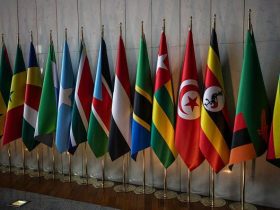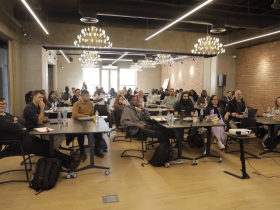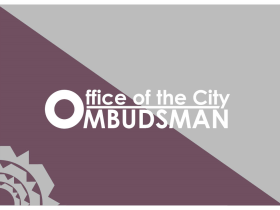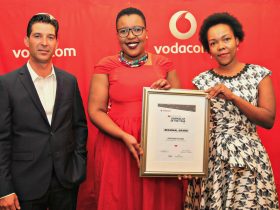Comrades Marathon gets hotter
The Comrades Marathon, South Africa’s most iconic road running event, will be held on 28 August 2022 – much later in the year than the usual May/June date. Consequently, runners are more likely to experience heat-related illness along the route. The change in date prompted Havenga and colleagues to examine the likelihood of extreme heat events occurring on the new date using the Universal Thermal Comfort Index (UTCI). Although their analysis does not predict the weather for the 2022 date, they showed that UTCI values representing an intense heat stress response are historically more likely to occur in late August than in late May and early June. When athletes are exposed to warmer conditions, the body exhibits an adverse physiological response, decreasing performance and, in extreme cases, leading to heatstroke and hospitalisation. Hydration, clothing and pacing need to be adapted to the weather conditions on the day to reduce possible adverse physiological effects.
CSI Hartbeespoort: Fingerprinting sewage in water resources



























Leave a Reply